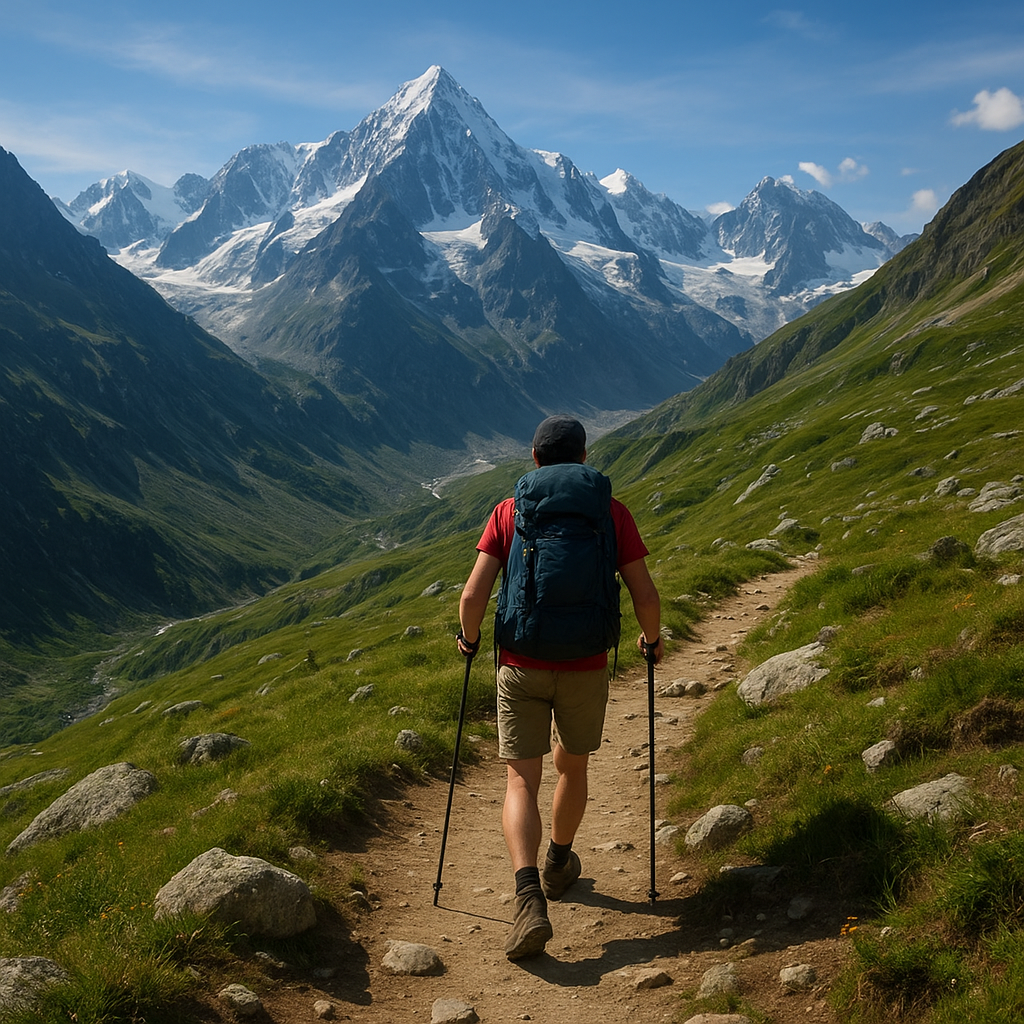
Windburn is a common issue faced by outdoor enthusiasts, especially those who frequent the high altitudes of the Alps. This article delves into the causes of windburn, its symptoms, and effective prevention strategies to ensure your skin remains healthy and protected during your alpine adventures.
What is Windburn?
Windburn is a condition that occurs when the skin is exposed to strong, cold winds for extended periods. It is often mistaken for sunburn due to the similar symptoms, such as redness, dryness, and irritation. However, windburn is specifically caused by the wind’s ability to strip away the skin’s natural oils, leading to dehydration and damage.
Causes of Windburn
The primary cause of windburn is prolonged exposure to cold, dry winds. In the Alps, the combination of high altitude and low temperatures creates an environment where windburn can easily occur. The wind’s force can remove the protective lipid layer on the skin, making it more susceptible to damage. Additionally, the thin air at high altitudes means less atmospheric protection from UV rays, which can exacerbate the condition.
Symptoms of Windburn
Recognizing the symptoms of windburn is crucial for timely intervention. Common signs include:
- Redness and inflammation
- Dry, flaky skin
- Itching and irritation
- A burning or stinging sensation
- In severe cases, blistering
These symptoms can appear within a few hours of exposure and may last for several days, depending on the severity of the windburn.
Preventing Windburn in the Alps
Prevention is the best approach to dealing with windburn. By taking proactive measures, you can protect your skin from the harsh alpine conditions and enjoy your outdoor activities without discomfort.
Proper Clothing and Gear
Wearing appropriate clothing is the first line of defense against windburn. Opt for windproof and water-resistant outer layers to shield your skin from the elements. Accessories such as scarves, balaclavas, and goggles can provide additional protection for your face and neck, which are particularly vulnerable to windburn.
Skincare Routine
Maintaining a robust skincare routine is essential for preventing windburn. Here are some tips:
- Moisturize: Use a rich, hydrating moisturizer to create a barrier against the wind. Look for products containing ingredients like hyaluronic acid, glycerin, and ceramides.
- Sunscreen: Apply a broad-spectrum sunscreen with at least SPF 30, even on cloudy days. The high altitude in the Alps means increased UV exposure, which can worsen windburn.
- Lip Balm: Protect your lips with a moisturizing lip balm that contains SPF. Lips are particularly prone to windburn and can become chapped and painful.
Hydration
Staying hydrated is crucial for maintaining healthy skin. Drink plenty of water throughout the day to keep your skin hydrated from the inside out. Avoid excessive consumption of caffeine and alcohol, as they can contribute to dehydration.
Limit Exposure
Whenever possible, limit your exposure to harsh winds. Take breaks in sheltered areas and avoid prolonged outdoor activities during extreme weather conditions. If you must be outside for extended periods, reapply moisturizer and sunscreen regularly to maintain protection.
Treating Windburn
If you do experience windburn, it’s important to treat it promptly to minimize discomfort and promote healing.
Immediate Care
As soon as you notice symptoms of windburn, take the following steps:
- Get out of the wind: Seek shelter to prevent further exposure.
- Cleanse gently: Use a mild, fragrance-free cleanser to wash the affected area. Avoid hot water, as it can further irritate the skin.
- Moisturize: Apply a thick, hydrating moisturizer to soothe and repair the skin. Look for products with calming ingredients like aloe vera, chamomile, and calendula.
Ongoing Care
Continue to care for your skin as it heals by following these tips:
- Avoid further irritation: Refrain from using harsh skincare products, such as exfoliants and retinoids, until your skin has fully recovered.
- Stay hydrated: Drink plenty of water and use a humidifier to add moisture to the air, especially in dry indoor environments.
- Protect your skin: Continue to use windproof clothing and sunscreen to prevent further damage.
Conclusion
Windburn is a common but preventable condition that can affect anyone spending time in the high altitudes of the Alps. By understanding the causes and symptoms of windburn, and taking proactive measures to protect your skin, you can enjoy your alpine adventures without the discomfort of windburn. Remember to dress appropriately, maintain a solid skincare routine, stay hydrated, and limit your exposure to harsh winds. If you do experience windburn, prompt and gentle care will help your skin heal quickly and effectively.

